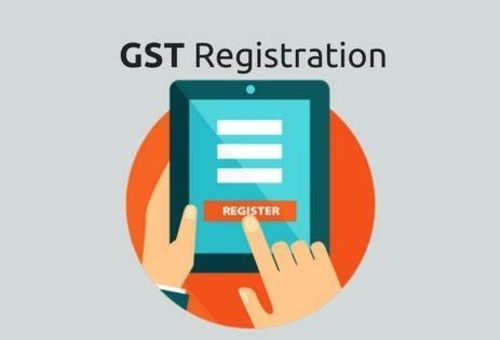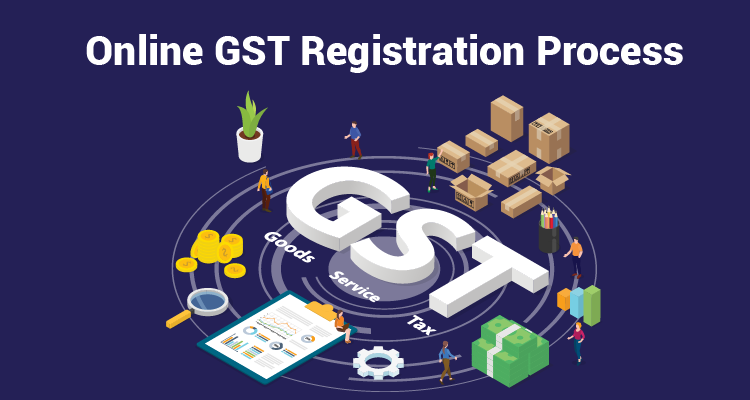The Ultimate Overview to Simplifying the GST Enrollment Process and Needs for Local Business Owners

Understanding GST Basics
To realize the principles of the Product and Solutions Tax (GST) system, tiny organization owners must first recognize its underlying ramifications and concepts. Under the GST regimen, services are needed to register and collect tax obligation on part of the federal government, making sure transparency and compliance.
One of the key principles of GST is input tax obligation credit rating, which enables organizations to claim credit history for tax obligations paid on their purchases. Understanding these fundamental concepts is essential for little organization owners to navigate the intricacies of the GST system and guarantee compliance with the legislation.
Qualification Standards for Registration
Having actually established a fundamental understanding of GST principles, small company owners need to currently fulfill particular qualification criteria to continue with the enrollment process. In India, entities engaged in the supply of goods or solutions with a yearly aggregate turnover surpassing Rs. 40 lakhs (Rs. 10 lakhs for special category states) are required to register for GST. Additionally, certain services such as those involved in inter-state supply of goods, casual taxed individuals, and those needed to pay tax under the reverse fee system should register for GST irrespective of their turnover. Furthermore, businesses that were registered under the previous tax obligation regime (VAT, service tax obligation, and so on) are additionally mandated to sign up under GST. Nevertheless, agricultural organizations that only supply generate out of main production are excluded from GST enrollment. It is vital for company owner to carefully evaluate their qualification based on these criteria to guarantee conformity with the legislation and stay clear of any kind of fines for non-compliance.
Documents Needed for GST Registration

Simplified Registration Refine Actions
Tips for Ensuring Conformity
To preserve regulative adherence and functional honesty, attentive oversight and aggressive procedures are critical in ensuring compliance with GST requirements for small business proprietors. Small business proprietors should stay updated with GST policies, filing due dates, and any type of modifications in tax rates to avoid fines and keep an excellent standing with tax obligation authorities. Going to GST understanding workshops or training programs can improve understanding and compliance with GST policies, ultimately profiting the organization in the lengthy run.
Verdict
Finally, small company owners must recognize the essentials of GST, fulfill the qualification requirements, gather required files, and follow the simplified registration process steps to ensure compliance. By simplifying the GST enrollment procedure and requirements, local business owners can stay clear of fines and run their businesses smoothly within the lawful structure - Singapore GST Registration. It is essential for local business owners to remain compliant and enlightened with GST laws to keep a successful business procedure
Small business proprietors seeking GST registration have to guarantee they gather and send the required files to finish the registration procedure effectively. The documents needed for GST registration typically consist of evidence of business enrollment or consolidation, FRYING PAN (Long-term Account Number) card of the business their website address, identification and entity proof of the promoters/partners/directors, pictures, address proof of the area of company, financial institution account declarations or canceled cheques, and consent types. Participating in GST awareness workshops or training programs can boost understanding and compliance with GST laws, eventually benefiting the business in the long run.
By streamlining the GST registration procedure and requirements, little see page business owners can prevent penalties and operate their businesses efficiently within the legal framework. It is vital for small business owners to stay enlightened and certified with GST policies to preserve a successful service operation.
Comments on “Step-by-Step Process for Singapore GST Registration Explained”